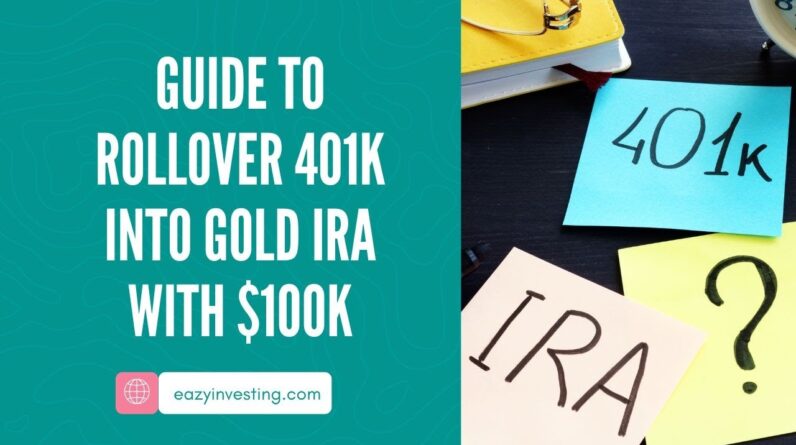The recent banking crisis in the United States has caused great concern among citizens and experts alike. The collapse of the fourth bank has triggered widespread bank runs and bailouts, putting the stability of the entire financial system in question. As the country grapples with the consequences of this crisis, it is important to analyze the root causes and potential solutions to prevent such a catastrophic event from happening again. In this blog post, we will delve deeper into the current situation and examine the ways in which the U.S. can move forward towards a more secure future for its banking industry.
Introduction
The banking system in the United States is known to be one of the most robust systems in the world, but recent events have shaken the confidence of lenders and depositors alike. Fourth bank has collapsed, following JP Morgan’s purchase of First Republic at a fire sale price of $11 billion, and the industry is grappling with the possibility of more banks going bankrupt. In this article, we will delve into the underlying reasons for the collapse of banks in the US and why this could lead to bank runs and bailouts.
Why are Banks Collapsing?
First Republic was the largest lender since 2008 to fail
First Republic was the largest lender to fail since the 2008 financial crisis. While several reasons led to the bank’s collapse, the underlying issue was its lack of liquidity. The bank had invested in risky real estate loans, including high-end properties in San Francisco and Los Angeles, and had to sell its biggest and most liquid assets to raise cash. However, that was not enough and inevitably led to its failure.
Three Deadly Sins Contributed to First Republic’s Downfall
First Republic committed three deadly sins that led to its downfall: holding too little cash on hand, issuing too many loans, and loaning too much money to rich clients. This created an imbalance of liquidity in the bank and left it vulnerable to a financial crisis.
JP Morgan bought First Republic at fire sale prices for $11 billion
JP Morgan saw an opportunity in First Republic’s failure and bought the bank at a fire sale price of $11 billion. The acquisition spoke volumes about the state of the banking system in the US.
More Bank Runs Are Happening, and the Banking System Is Fragile and Overleveraged
The failure of First Republic has triggered a domino effect, leading to more bank runs. A testament to this is the fact that bank withdrawals are about to hit $400 billion while cash is flowing towards money markets with higher interest rates. Such a scenario indicates that depositors no longer feel their money is secure in banks, and they are looking for alternative safe havens.
A Credit Crisis May Emerge if More Regional Banks Start Falling Like Dominoes
The banking system in the US is overleveraged, and a credit crisis could emerge if more regional banks start falling like dominoes. Banks rely primarily on depositor’s money to lend to borrowers. If depositors start withdrawing their money en masse, banks may start calling in their loans, leading to a credit crunch.
How Vulnerable Are Other Banks?
While First Republic might have been the first, it may not be the last. There are lingering concerns about the financial health of several banks. For instance, Comerica, a Texas-based bank, is particularly vulnerable because of its exposure to oil and gas loans. Such loans have plummeted as the price of oil declined in the past year.
Prospects for a Bailout
Yellen’s Assessment that the Banking Crisis Was Overblown is No Longer Valid
The Chairperson of the Federal Reserve, Janet Yellen, had stated that the banking crisis was overblown. However, the collapse of another bank like First Republic calls into question her assertion. The fact is, the banking system in the US is fragile, and a bailout may be necessary to prevent further cascading of bank failures.
A Bailout May Come, but It Will Not End the Problem
A bailout may provide a temporary solution, but it will not solve the underlying problem of banks having too much leverage and being overexposed to risky loans. A more comprehensive solution involves banks imposing strict lending regulations, raising capital requirements, and bolstering their financial health to avert another banking crisis.
Conclusion
The banking crisis in the US is real, and the collapse of First Republic only highlights the vulnerability of the banking system. A domino effect may occur if more regional banks start failing, triggering bank runs and bailouts. The US banking system needs to be re-evaluated and reoriented to create a more robust and secure system.
FAQs
- What led to First Republic’s collapse?
- The bank was overexposed to risky real estate loans, issued too many loans, held too little cash, and loaned too much money to rich clients, leading to a liquidity crisis.
- What is the cause of bank runs?
- Bank runs are caused primarily by a loss of trust among depositors of a bank, leading them to withdraw their money en masse.
- Are other banks vulnerable?
- Yes, several banks are vulnerable, and concerns exist regarding their financial health.
- Can a bailout solve the banking crisis?
- A bailout can provide temporary relief, but it will not address the underlying problem of banks being overleveraged and overexposed to risky loans.
- What is the way forward for the US banking system?
- To create a more robust and secure banking system, banks need to impose strict lending regulations, raise capital requirements, and bolster their financial health.










